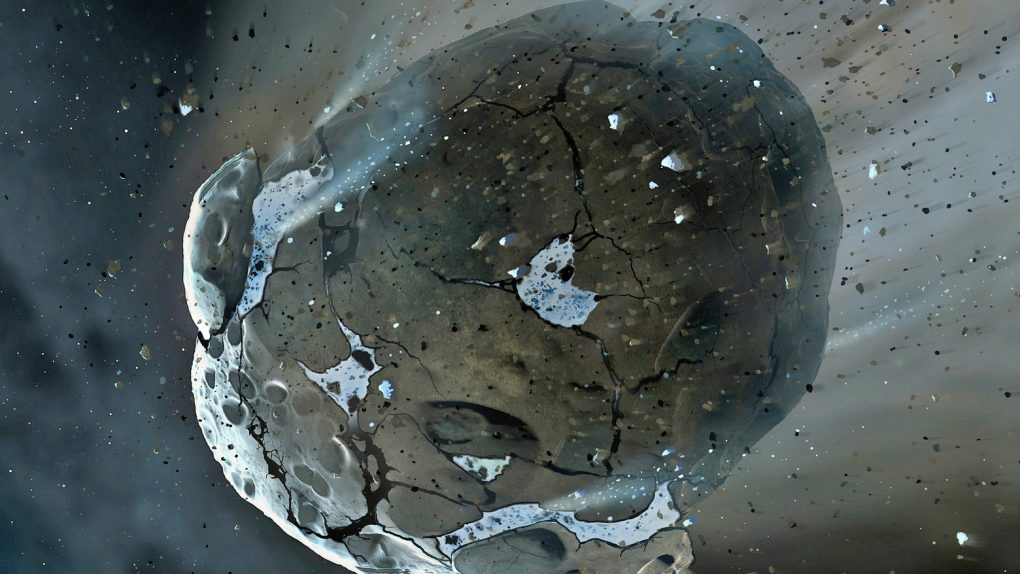- The largest asteroid expected to make a close pass of Earth in 2021 will arrive in late March, coming within roughly 1.2 million miles of our planet.
- The rock, called 2001 FO32, is considered by NASA to be a “potentially hazardous asteroid” due to its habit of coming relatively close to our planet.
- The object measures somewhere between a half-mile and a mile wide, which would certainly cause some very serious problems if it were to impact Earth.
Space is filled with loose debris ranging from tiny specks of dust to massive rocks that could wipe out a planet if they were to slam into one at high speeds, and our solar system is no different. We know about a lot of the larger asteroids that are hanging around in our neck of the cosmic woods, and space agencies around the globe keep a close eye on them to ensure they stay at a safe distance from our planet.
2001 FO32 is one such rock, and it’s expected to make a relatively close pass of Earth in March. Scientists don’t know a lot about the object, but they believe it will pass Earth without issue. They estimate that the asteroid will pass at a distance of roughly 1.2 million miles, give or take a hundred thousand miles or so, and they believe it’s somewhere between a half-mile and one mile wide.
The size of the asteroid makes it particularly interesting. A mile-wide asteroid doesn’t sound that big, but it actually puts 2001 FO32 in the top three percent of all asteroids we know about. However, in terms of being a “large asteroid,” it still pales in comparison to the true “planet killer” space rocks that could pose a threat to our very existence.
If a mile-wide asteroid were to hit Earth, it would still be devastating, especially if it hit near a highly-populated area or even in the ocean, where it could create a tsunami or vaporize enough seawater to cast a haze over the entire planet. That being said, the good news here is that a whole lot of smart people have taken a very close look at all the data and they don’t believe that 2001 FO32 has any real chance of hitting Earth.
Its approach to our planet at a distance of 1.2 million miles leaves a nice big buffer zone, and based on projections of its orbit around the Sun, the asteroid is expected to continue getting farther away from our planet each time we pass in space. Its next approach to Earth won’t happen until 2052, and it is expected to be even farther away that time. In 2103, 2134, and 2185, the gap between our planet and the rock will increase by millions of miles. So, there’s no reason to worry about a collision from this particular asteroid this time around or any time in the foreseeable future.








